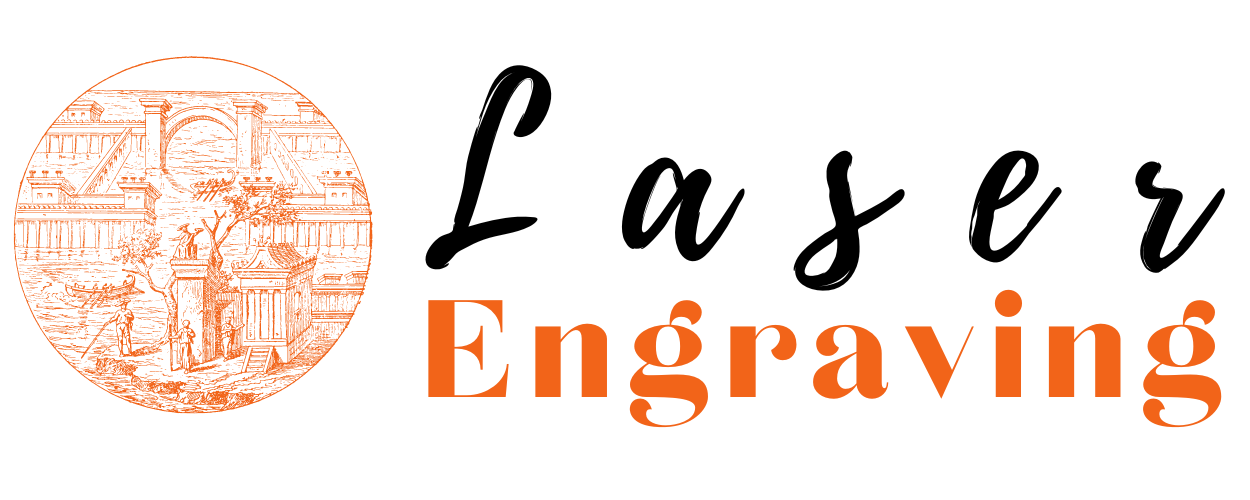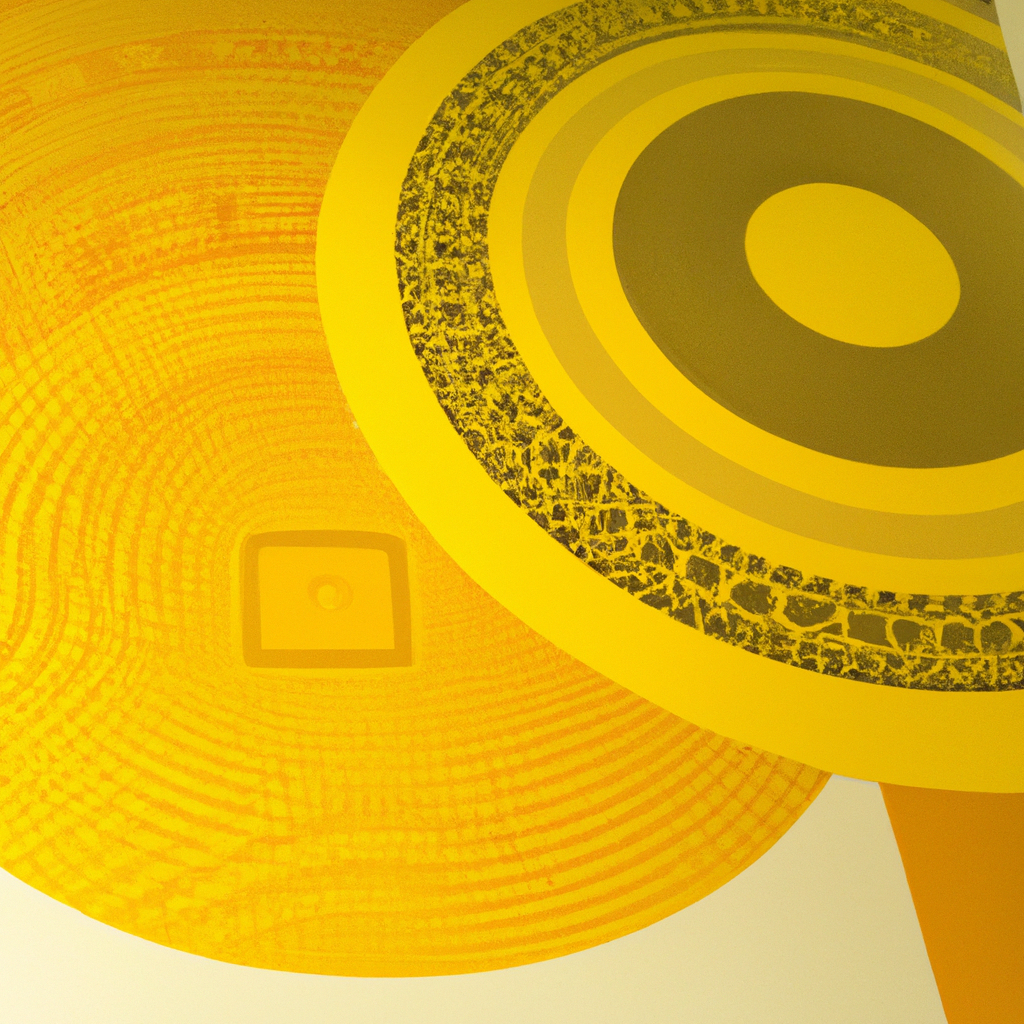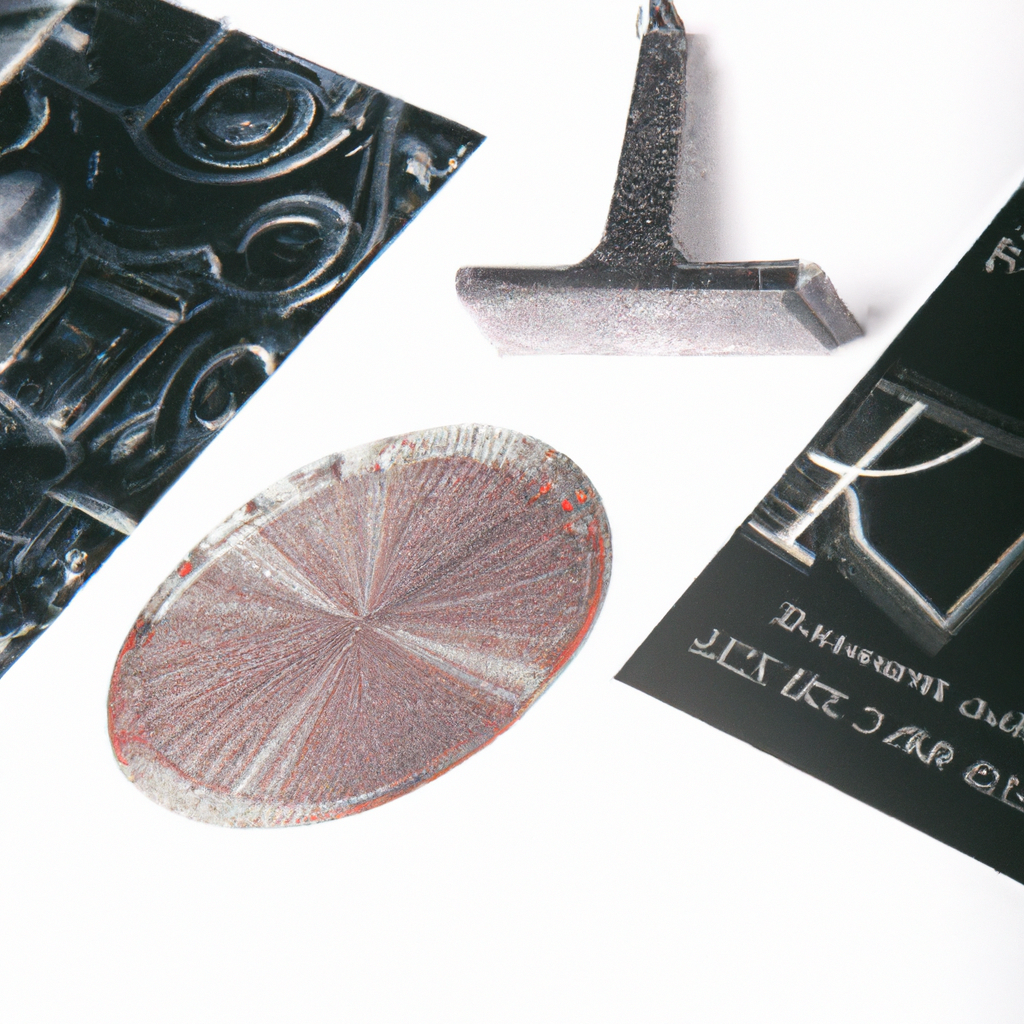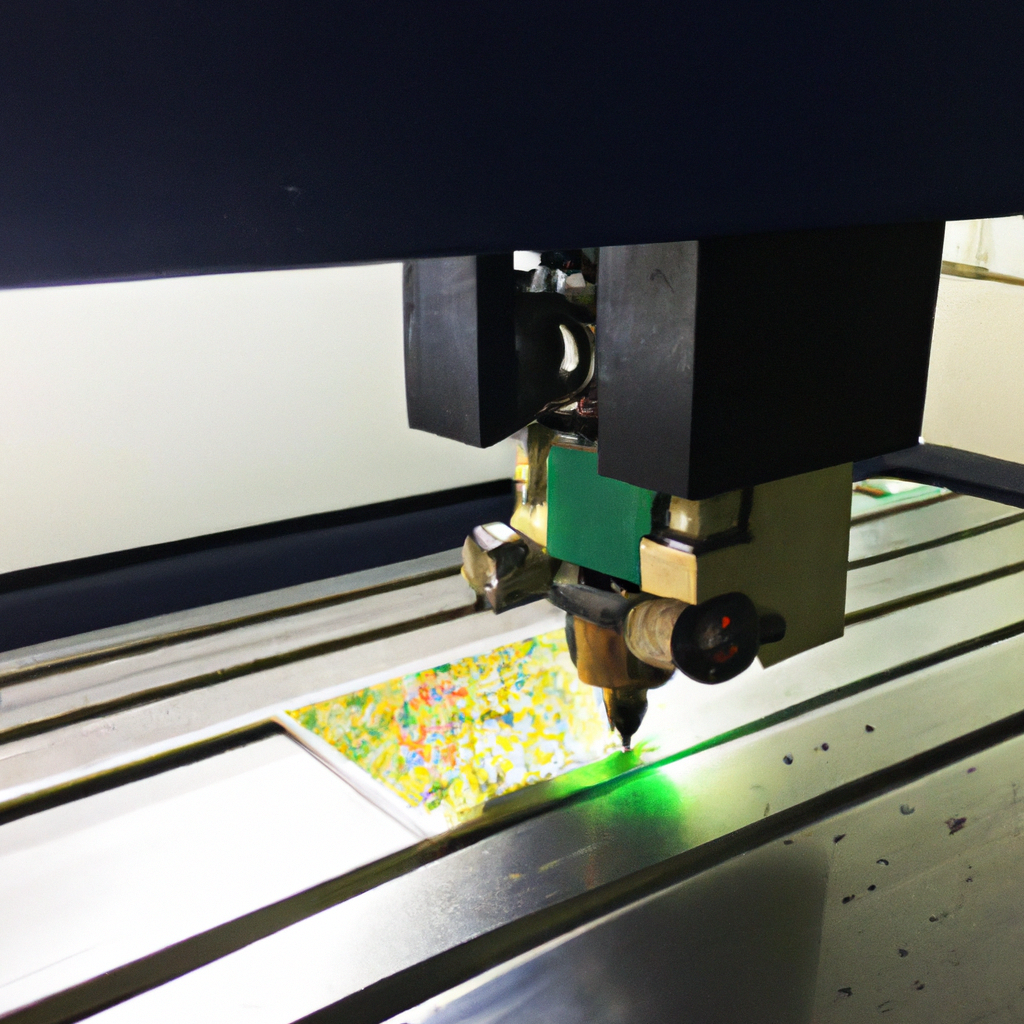Laser Etching Innovations
Laser etching has emerged as a revolutionary technique that has transformed various industries. With its precise and versatile capabilities, laser etching has found applications across a wide range of sectors, including manufacturing, automotive, medical, and even artistic endeavors. In this article, we will delve into the world of laser etching and explore the latest innovations that are shaping this cutting-edge technology.
Understanding Laser Etching
Laser etching, also known as laser engraving, is a process that utilizes a highly concentrated laser beam to remove or alter the surface of a material. This technique allows for the creation of intricate designs, patterns, and markings with exceptional precision and accuracy. Laser etching is commonly used on materials such as metal, wood, glass, plastic, and even fabrics.
Advancements in Laser Etching Technology
Over the years, significant advancements have been made in laser etching technology, leading to improved efficiency, speed, and overall quality of the process. Some notable innovations include:
1. High-Speed Laser Etching
New developments in laser technology have paved the way for high-speed laser etching. Modern laser etching machines can now rapidly process materials, allowing for faster production cycles and increased throughput. This innovation has significantly reduced lead times and enhanced productivity in industries that rely heavily on laser etching.
2. 3D Laser Etching
Traditional laser etching techniques were limited to creating 2D designs on flat surfaces. However, with recent advancements, it is now possible to achieve three-dimensional etchings. This breakthrough has opened up new possibilities for creating intricate 3D designs on a variety of materials. From personalized jewelry to architectural embellishments, the application of 3D laser etching is rapidly expanding.
3. Multi-Layer Etching
Multi-layer etching has revolutionized the way designs are created on certain materials. By selectively etching different layers, it is now possible to create depth and texture, adding a unique visual appeal to the finished product. This advancement has found particular use in the production of signage, decorative items, and industrial components.
4. Laser Etching on Curved Surfaces
Traditionally, laser etching was limited to flat surfaces. However, with the development of advanced laser systems, it is now possible to etch designs onto curved surfaces as well. This breakthrough has opened up new opportunities in industries such as automotive, aerospace, and medical device manufacturing, where curved surfaces are commonplace.
Applications of Laser Etching
The versatility of laser etching has enabled its adoption in a wide range of industries and applications. Some of the prominent applications include:
1. Personalized Products
Laser etching allows for the customization of various products, ranging from personalized jewelry and accessories to corporate gifts and promotional items. The ability to etch intricate designs, names, and logos on a wide range of materials has made laser etching a popular choice for creating unique and personalized products.
2. Industrial Marking and Identification
In industries such as automotive and aerospace, laser etching is widely used for marking parts and components with serial numbers, barcodes, and other identification codes. Laser-etched markings offer excellent durability and legibility, ensuring traceability and streamlined inventory management.
3. Art and Design
Laser etching has become an essential tool for artists and designers, allowing them to intricately etch designs on various surfaces, including wood, glass, and metal. This technique enables the creation of stunning artworks, intricate patterns, and even photographic reproductions with remarkable precision and detail.
4. Medical Devices
The medical industry has also benefited greatly from laser etching innovations. Laser-etched markings on medical devices, such as surgical instruments and implants, ensure clear identification, traceability, and enhanced patient safety. Laser etching also enables the production of microscale features for applications such as drug delivery systems and lab-on-a-chip devices.
Benefits of Laser Etching
Laser etching offers numerous advantages over traditional marking and engraving techniques. Some key benefits include:
- Precision and Accuracy: Laser etching provides unparalleled precision and accuracy, allowing for the creation of intricate and complex designs with exceptional detail.
- Durability: Laser-etched markings are highly resistant to wear, fading, and damage, ensuring long-lasting legibility and durability.
- Versatility: Laser etching can be applied to a wide range of materials, including metals, plastics, glass, and ceramics, making it a versatile solution for various industries.
- Non-Contact Process: Laser etching is a non-contact process, minimizing the risk of damage to delicate or sensitive materials.
- Environmentally Friendly: Laser etching is a clean and environmentally friendly process, as it does not involve the use of harsh chemicals or produce harmful byproducts.
Conclusion
Laser etching has undoubtedly revolutionized the way we create designs, markings, and patterns on a vast array of materials. With continuous advancements in laser technology, the possibilities for innovation are endless. From high-speed etching to three-dimensional designs, laser etching continues to push the boundaries of what is possible. Embracing this cutting-edge technology unlocks new opportunities for customization, identification, and artistic expression across various industries.




